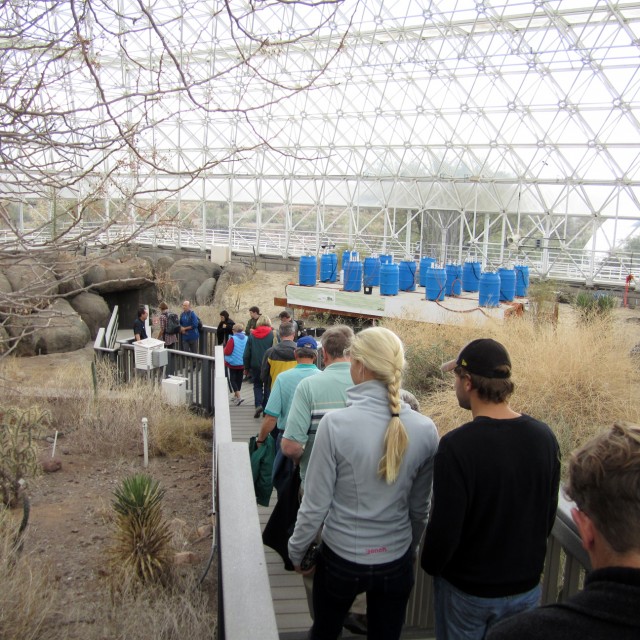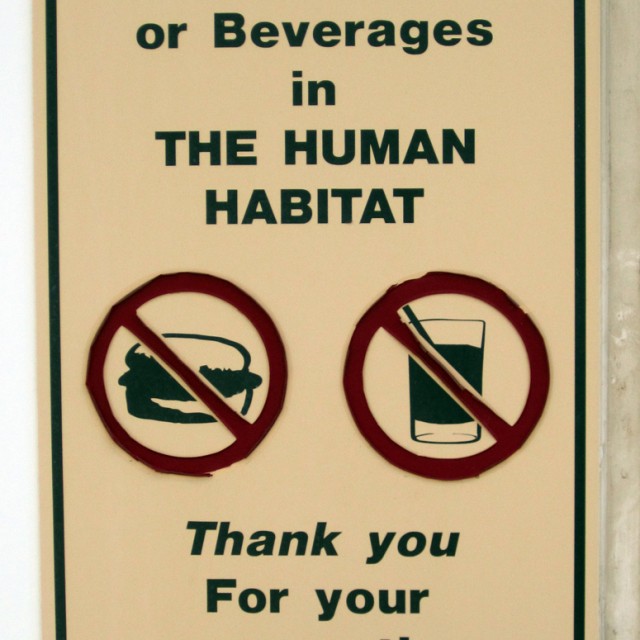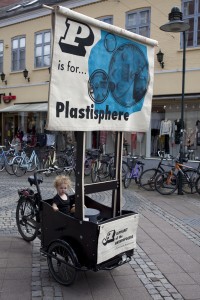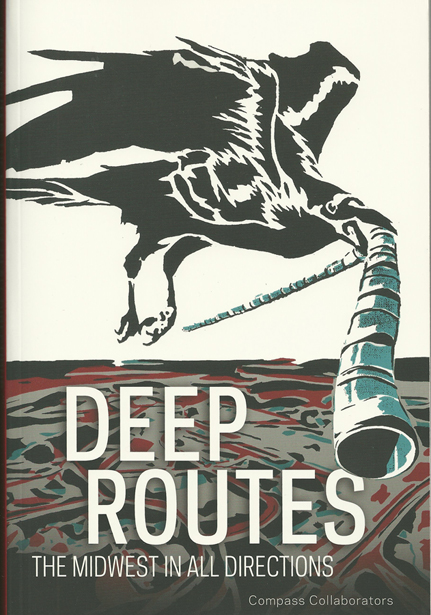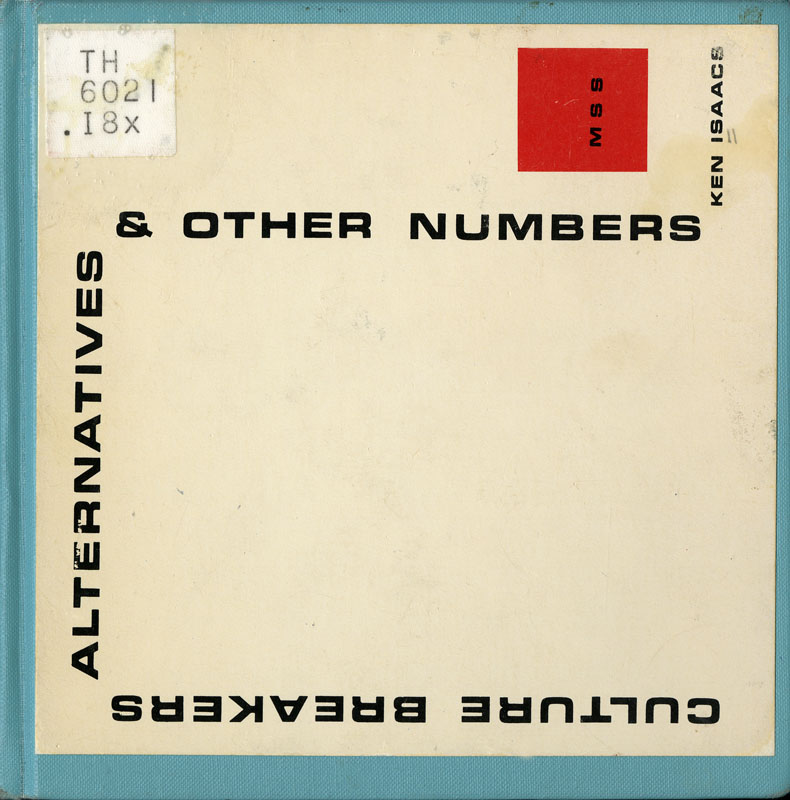Micro-Habitats No. 2: From Balcony Gardens in Belgrade, To Biosphere 2, Arcosanti, and C.L.U.I. Wendover (Part 2 of 4)
What had started out as a short reflection on several different micro-habitats I had encountered over a rapid period of time, from traveling to Belgrade and then on a study tour across the southwestern United States with students from the academy where I teach, has turned into a much longer essay. It will now be divided into four parts. This is the second one and is devoted to Biosphere 2. Arcosanti is up next.
(Click images to see the full picture.)
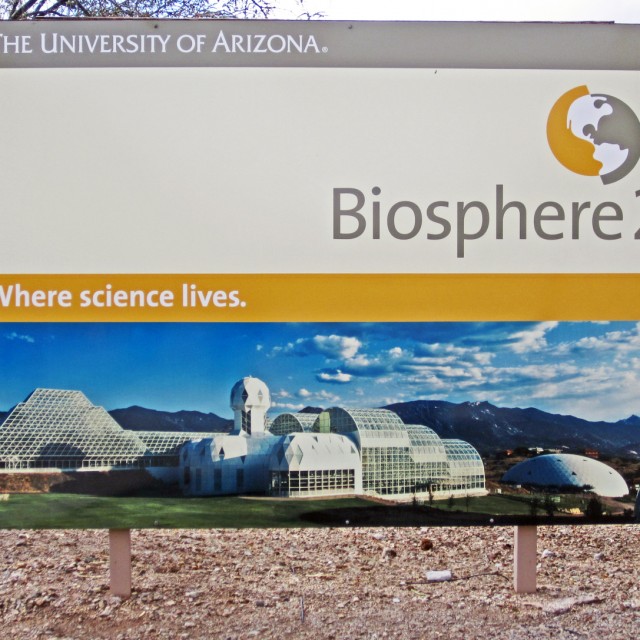
Biosphere 2: “Where Science Lives” … kinda
I was seduced by the story of Biosphere 2 when I was younger. Located in a the small town of Oracle outside of Tucson, Arizona, my recent visit changed my childhood perceptions of the project to build a self-contained world.
Biosphere 2’s location in Oracle it not auspicious coincidence, rather more an indication of the hubris and self-importance that accompanies those who have obscene amounts of money and want to “do good” for others. Biosphere 2 is not a harbinger of the future, rather a misguided corporate apology for ill-gotten money. It is a monument to a collapsing system of extractive capitalism and the havoc it has wreaked on our planet–a vanity project of a multi-billionaire disguised as a populist project.
Biosphere 2 momentarily captured the imagination of the U.S. What I thought at the time was an optimistic initiative, I now see as a misguided act of a society and system in rapid decline. I was in college when the “Biospherians”—the nickname given to the scientists at Biosphere 2—entered the facility to conduct their research in human built self-sustaining ecosystems. They were to be sealed in for two years, but because of miscalculations had to open Biosphere 2 on two separate occasions. This forever tainted the experiment as a “failure” though scientists adamantly maintain that it was invaluable, even though there were problems. I believe this story, but the larger symbolic story is a lot harder to swallow.
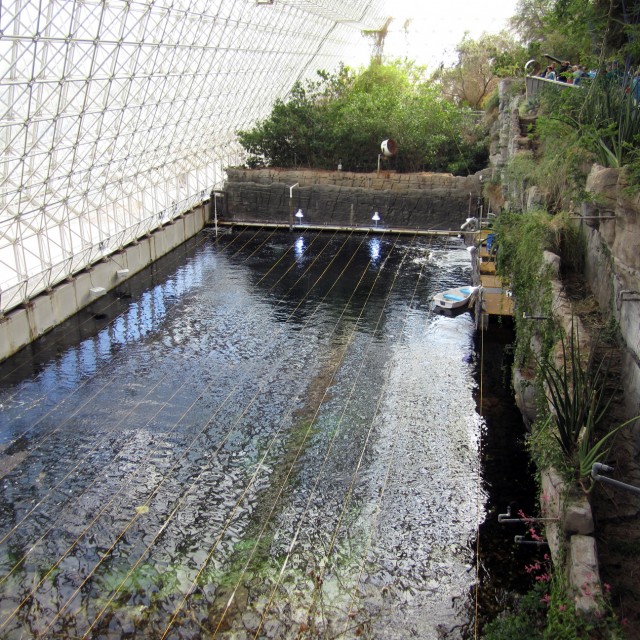
The ocean biome, 1 of 8 of the biomes at Biosphere 2
In a facility costing over $200 million, the Biospherians were undertaking a grand experiment to see if humans could maintain life in a self-contained ecosystem, with the ultimate goal of colonizing other celestial bodies, but from the beginning this was a confused project. For example, Biosphere 2 was initially powered by natural gas. If this facility were to be built on the moon, there would not be a natural gas hook up waiting for them. They would have to figure out a self-sustaining power source before they arrived. Why weren’t creative, sustainable power options a priority for the project? Currently, Biosphere 2 runs on a combination of available power sources—the traditional fossil fuel power grid—and a small battery of solar panels. None of these are realistic options for actual space travel.
From 1985 to 2007, Biosphere 2 functioned like a siren’s song, not of a better future, but of the encroachment of private individuals and corporations into the public sphere–long the purview of U.S. funded government agencies, like NASA. Initially, this was a vanity project of Ed Bass, whose money came from oil, cattle ranching and speculative investment, putting him in the top 400 wealthiest Americans in 2011—the 1% of multi-billionaires who own the country. Even though the property was sold to the University of Arizona, Bass still maintains a residence on site that overlooks Biosphere 2. The proximity of Bass’s residence makes the place feel like a play toy–the opposite of an open, scientific investigation, which is the image presented by the University of Arizona.
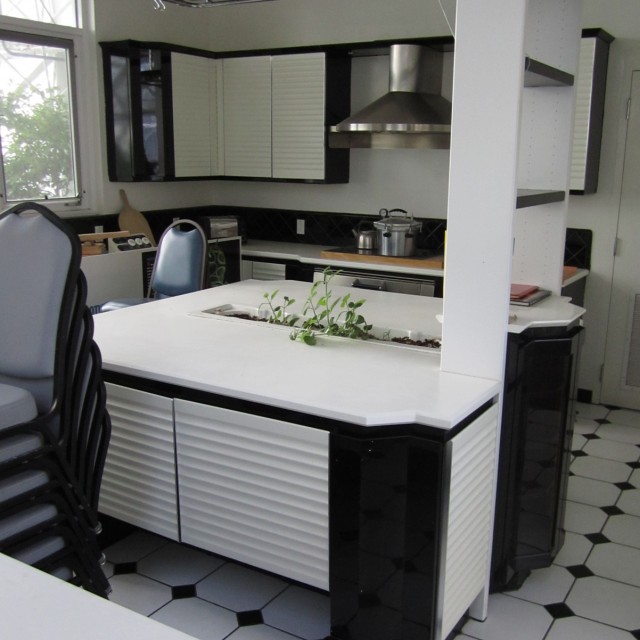
Kitchen in the human habitat – nice little planter for herbs in the middle of the island counter top
We can’t trust wealthy people to solve problems like climate change. It is not until obscene accumulations of wealth are reversed, that we will generate funding for public projects that honestly address global climate change and the impact capitalism has had on degrading our oceans, forests, fields, and ice caps. Biosphere 2 is a creepy monument to massive failures in the U.S. where a small number of people are enabled to amass large amounts of money while basic infrastructure like schools, roads, job creation, and so on vastly suffer.
Surprisingly, my experience of Biosphere 2 wasn’t entirely negative. It is hard not to be impressed by the building and what it can do. Two giant lungs in the form of geodesic domes moved warm and cool air around Biosphere 2 as needed. We went inside one of the lungs and saw how its specially designed ceiling moved up and down to push or pull air. Pretty impressive. However, even this innovation was overshadowed by the fraught history of Biosphere 2.
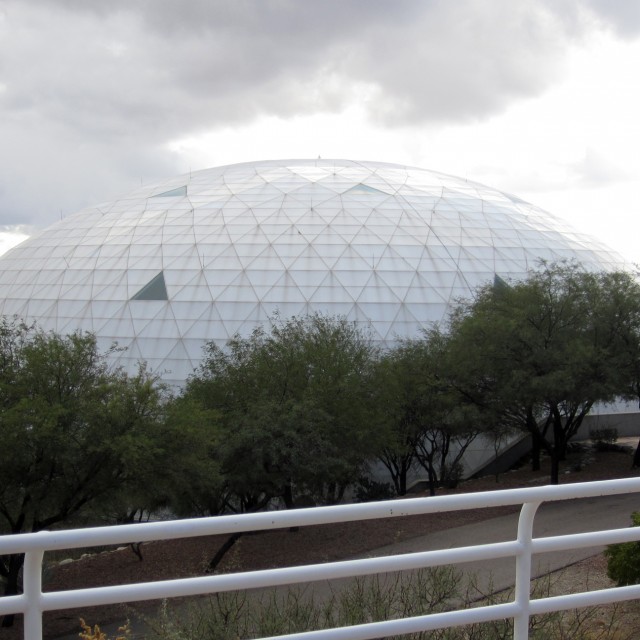
Geodesic dome: one of two giant lungs for Biosphere 2
The next installment looks at a completely different experiment in human habitation and our relationship to the natural and built environments: Arcosanti!
Radio Aktiv Sonic Deep Map (2013)
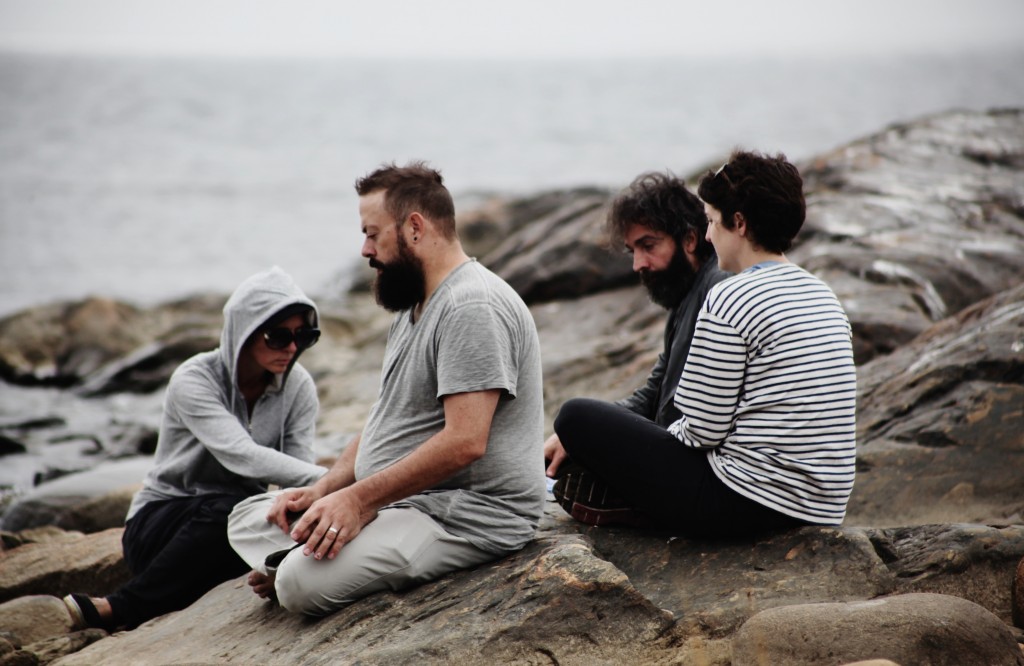
SUPERKILEN – Extreme Neoliberalism Copenhagen Style
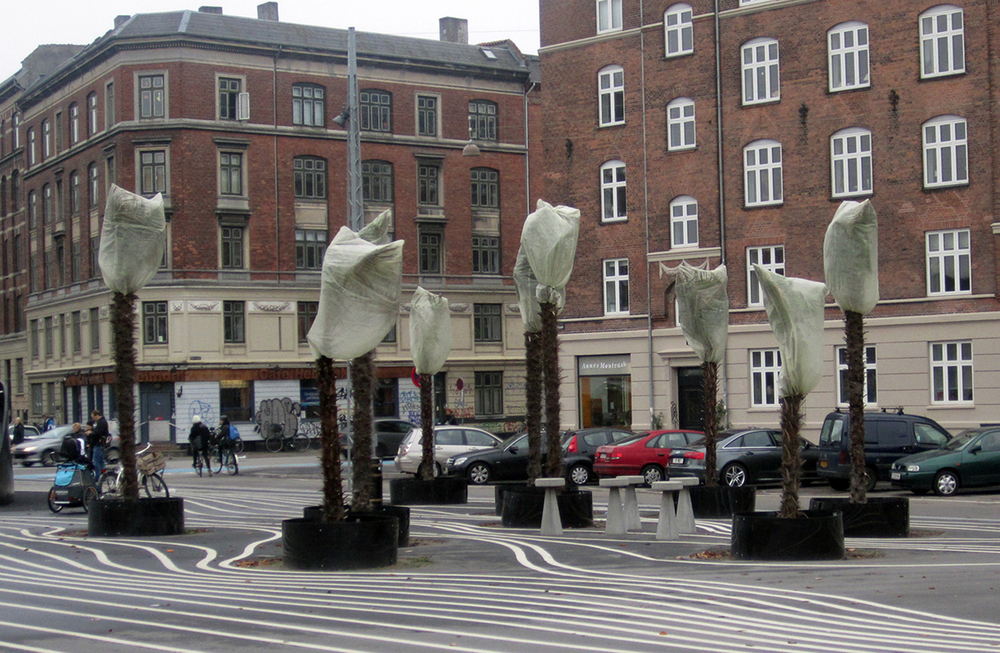
Read Brett's essay about the park.
Download our guide:
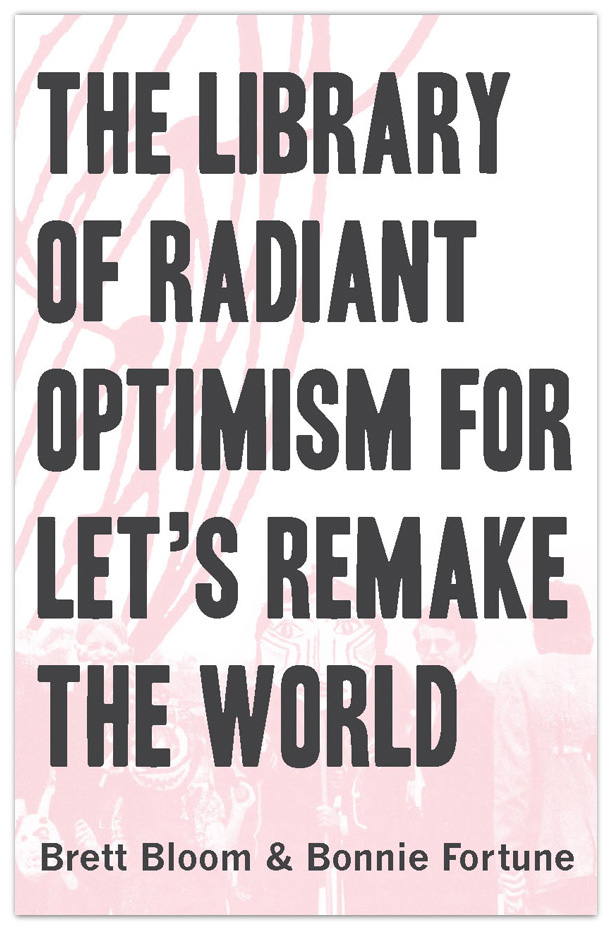
This is our guide to how-to books from the counterculture of the 60s and 70s. Click to get the download page.
Categories
- Agriculture (11)
- Animal sounds (1)
- Artist parents (19)
- Arts and culture (106)
- Bees (3)
- Book reviews (14)
- Books (18)
- Critical essays (5)
- Daily Photo (5)
- Design (36)
- Dirt (11)
- Environmental activism (43)
- Exhibitions (24)
- Farms (11)
- Forest (7)
- Friday connect (15)
- Growing (42)
- Habitat (38)
- Homesteading (16)
- Interviews (15)
- Kitchen (14)
- Living structure (9)
- MISC (15)
- Mythological (2)
- Neighborhood (83)
- Ocean News (1)
- Our Art Work (21)
- Personal – Design/Art (3)
- Play (2)
- Playground (4)
- Projects (21)
- Public space (53)
- Resilience (13)
- Sea Side (2)
- Sojabønner (2)
- Tofu (8)
- Vermont correspondence (7)
- Water (3)
- Wednesday picture (31)
- Workshop (1)
Video interview:

Watch our interview of SeedBroadcast, a mobile project that is part seed library and part seed-saving-story-collecting machine-recording the stories of seed saving, farming, and food sovereignty work being done around the US.
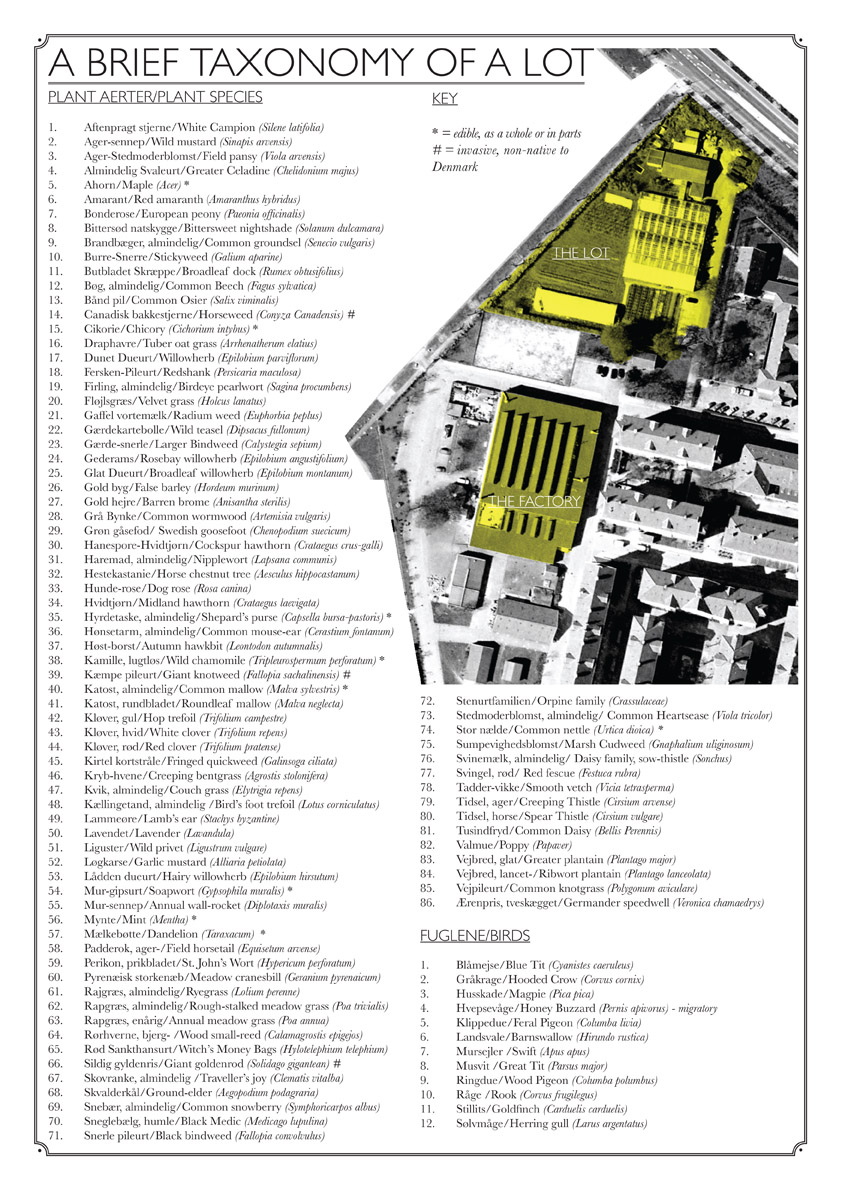
Download a poster Bonnie made about biodiversity in a vacant lot in the Amager borough of Copenhagen, in collaboration with biologist, Inger Kærgaard, ornithologist, Jørn Lennart Larsen and botanist, Camilla Sønderberg Brok: A BRIEF TAXONOMY OF A LOT

We made and installed a network of bat houses in Urbana, Illinois, to support the local and regional bat population, but also to begin a conversation about re-making the built environment.
READ MORE
BOOK REVIEW:
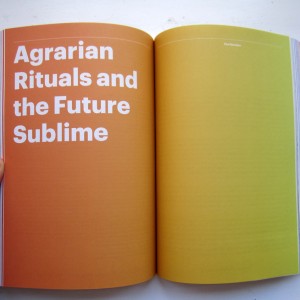
We write often about artists and art groups that work with putting ‘culture’ back in agriculture. Here is a new favorite: myvillages, a group of three women based in Germany, the Netherlands, and the UK. Read more...
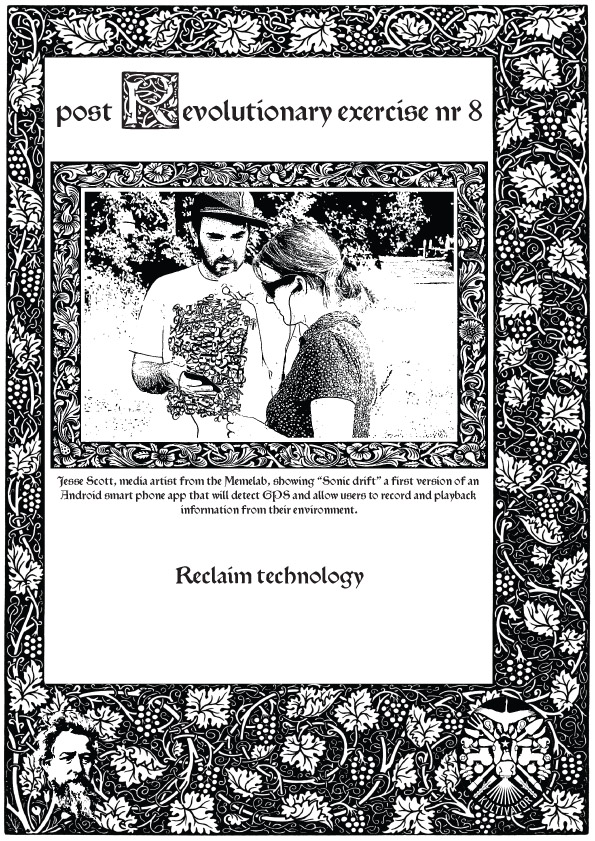
Post Revolutionary Exercises
We really admire the dedicated hard work of Kultivator who seeks to fuse agriculture and art in their work. Click this sentence to get a PDF of their poster collection called "Post Revolutionary Exercises."
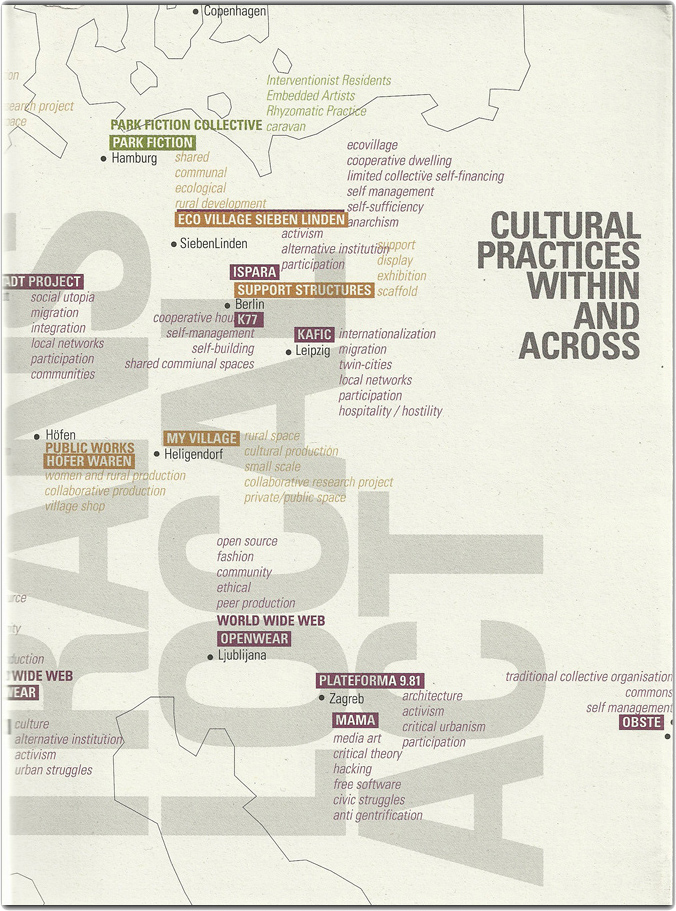
Cultural Practices Within And Across
This amazing book networks urban and rural resilience and sustainability projects around the world. Deeply inspiring projects in Romania, Paris, San Francisco, and elsewhere.
• Read our review of the book.
• Buy the book.
• Download the book.

